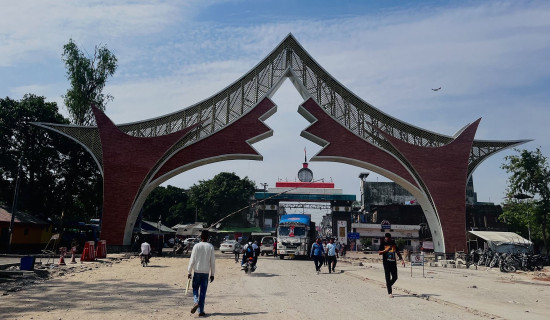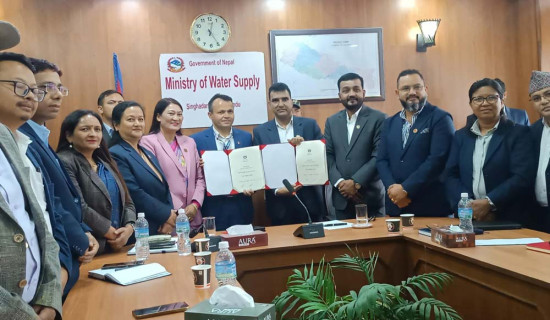- Friday, 9 May 2025
PM stresses more effective efforts to eradicate leprosy
By A Staff Reporter,Kathmandu, May 9: Prime Minister KP Sharma Oli has stressed the need for making leprosy eradication efforts more dynamic and effective, aligning them with the national campaign for a healthier Nepal.
Addressing the inaugural session of the ‘Nepal Leprosy Conference’ organised on Thursday by the Ministry of Health and Population and different organisations in Kathmandu, Prime Minister Oli said that although having less than one leprosy patient per 10,000 population in Nepal was a significant achievement, we would not be satisfied until the disease is fully eradicated.
Prime Minister Oli stressed that a healthy life could be maintained through proper diet and lifestyle. He also said that awareness programmes should be conducted to promote regular treatment in case one contracts infectious diseases like leprosy.
The Prime Minister reflected on his past, recalling the time during the Panchayat regime when he was jailed and subjected to torture on the cold floor, which, he argued, led to his kidney failure. He said that the government would amend laws to ensure that leprosy patients are not discriminated against and facilitate measures to prevent the transmission of the disease.
He also urged the Health Ministry to spread awareness about leprosy eradication through mass media and by using information technology, carrying the message that the disease should not be hidden. Inaugurating the conference, Minister for Health and Population Pradip Paudel stressed the need to set clear priorities and adopt effective strategies to control leprosy.
Minister Paudel admitted that the government has been unable to move forward effectively due to a lack of strategic priority-setting. “We have done a lot, but despite the involvement of many stakeholders, progress has been slow. The efforts need to be more results-oriented, better coordinated and backed by sound strategies,” he said.
He acknowledged that although relevant laws exist, they have not been fully implemented. “We have not formulated plans based on the real situation. Some legal provisions are incomplete or have not been enforced. We must move forward keeping all these aspects in mind,” he added. He stressed that Nepal must design its own roadmap, define its priorities and communicate them clearly to development partners.
“Let us tell our donors that this is our priority and we need your support accordingly. The roadmap must be ours. The direction and priorities must be ours,” he said.
Minister Paudel also underscored the need for the conference to commit to the complete elimination of leprosy from Nepal by 2030. At the same conference, Health Ministry’s Secretary Dr. Bikas Devkota presented data showing that the highest number of new leprosy cases in Nepal are reported from Madhes Province, followed by Lumbini and Koshi Provinces.
“To eliminate leprosy, the prevalence rate must be below one per 10,000 people,” he said. According to data from fiscal year 2023/24, the national prevalence rate stands at 0.92 per 10,000. However, district-level data shows that 18 out of 77 districts still have a rate above one, while 48 are below one and 11 districts reported no new cases.”
Dr. Devkota highlighted that more than one-third of the total new cases were found in Madhes Province, followed by Lumbini with over one-fourth of the total.
By the end of fiscal year 2023/2024, a total of 2,472 new leprosy cases were identified in Nepal, and of them, 1,042 were women and 136 were children under the age of 14.
Dr. Devkota said that all identified patients are currently under treatment.



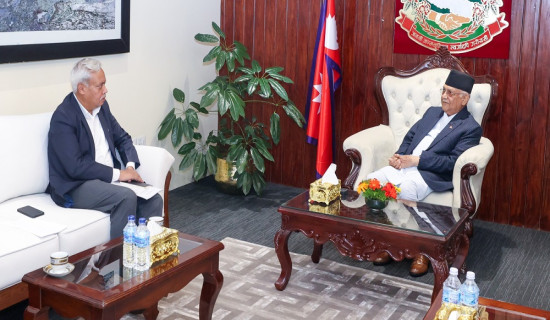
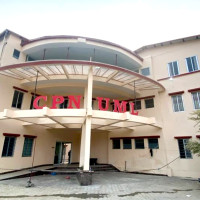
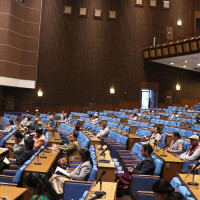
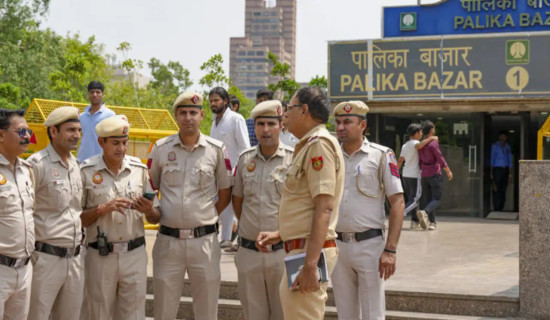
-square-thumb.jpg)

